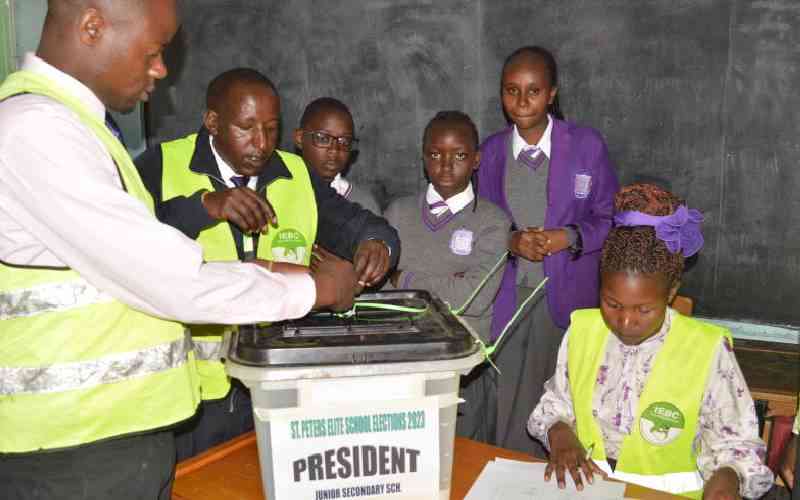×
The Standard e-Paper
Kenya's Bold Newspaper

Article 89 of the Constitution provides for 290 constituencies from where members of the National Assembly are elected, whose names and boundaries shall be reviewed by the Independent Electoral and Boundaries Commission (IEBC).
This will be done at intervals of not less than 8 years, and not more than 12 years, provided that the review shall be completed at least 12 months before a General Election.